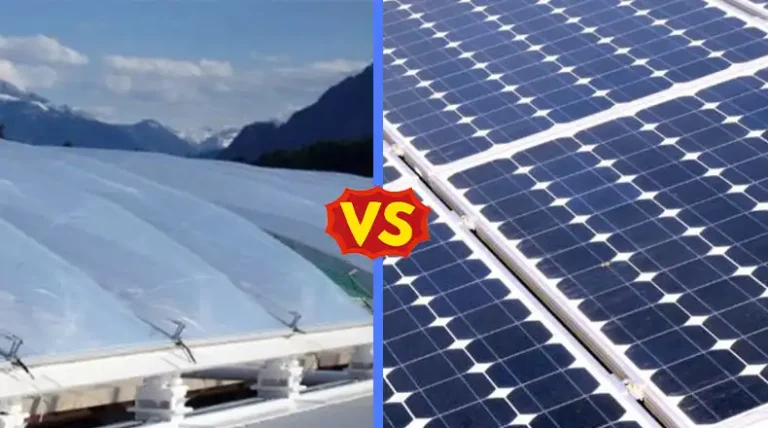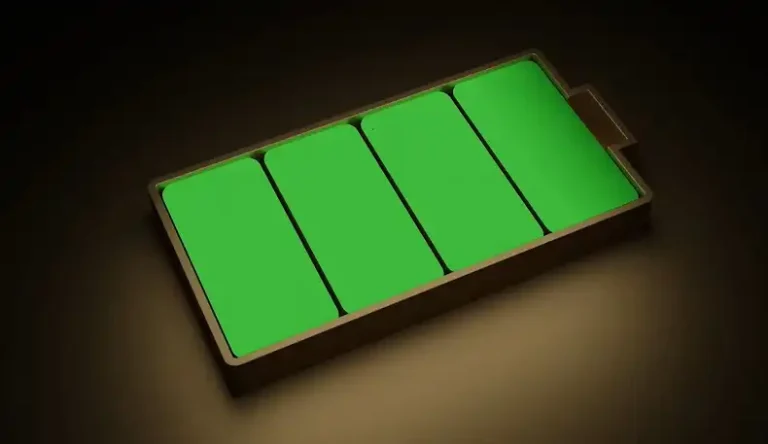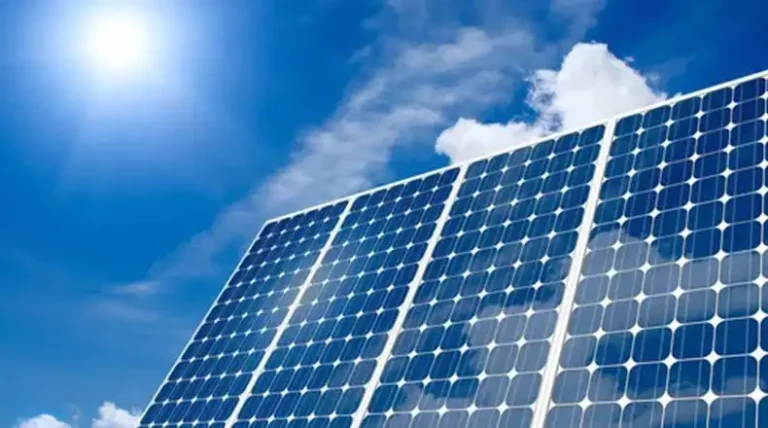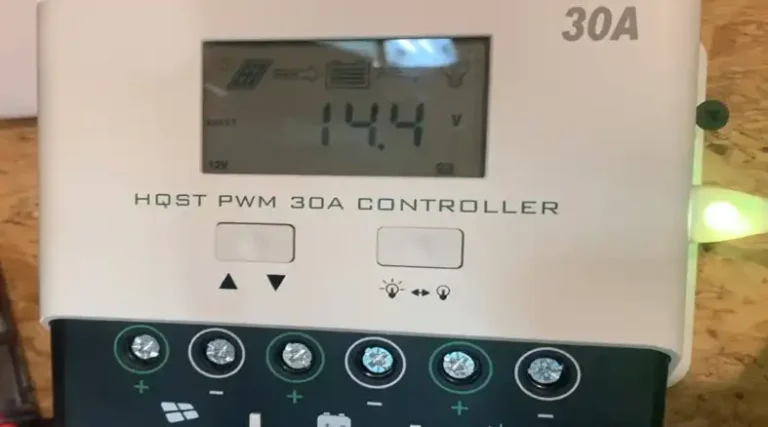What Happens if Solar Panels Aren’t Tilted Correctly?
Installing solar panels on your roof or property is a big investment. Naturally, you want those shiny new PV modules to perform optimally and generate maximum solar energy. But what happens if your solar array ends up at a suboptimal tilt or angle? Will it even work? Does it make a big difference?
In short – improper solar panel tilt significantly impacts performance and return on investment. Pointing your panels in the wrong direction can slash energy output by 20% or more depending on location. The sun’s position matters.
While solar modules will still produce some power at an incorrect angle, they operate far less efficiently. The key is optimizing tilt and orientation to maximize solar panel productivity. Let’s explore proper tilt in-depth so you can avoid issues and get the most bang for your solar buck.
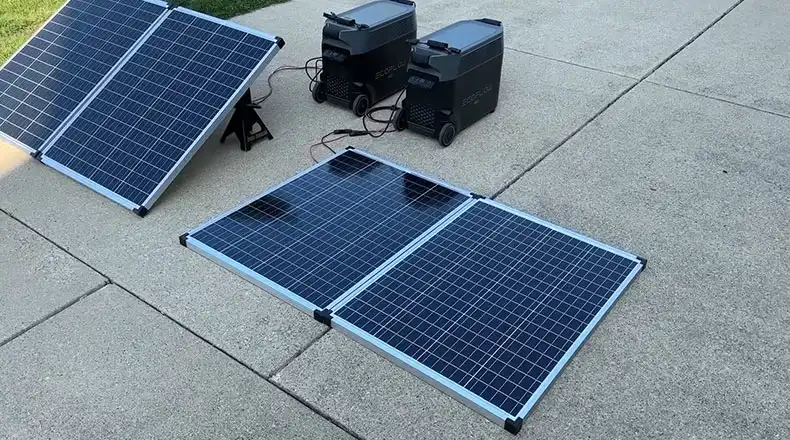
Consequences You Will Have If You Failed to Tilted the Solar Panels in Proper Angle
Improperly tilting solar panels leads to a number of detrimental consequences:
Lower Total Power Output
Angling solar panels away from directly facing the sun causes a portion of the incoming sunlight to reflect away rather than being absorbed by the PV cells. This leads to significantly lower overall kilowatt-hour production – in some instances over a 20% drop compared to optimal tilt! That’s wasted potential energy and monetary savings.
Inconsistent Energy Generation
In addition to lower overall output, the production drop is most pronounced at certain times of day when the sun approaches at angles the tilted panels are not aligned with. Output will spike when aligned correctly but plummet as the sun’s path diverges from the panel tilt angle. This makes power inconsistent.
Equipment Problems
Low voltage output from poorly tilted solar panels can cause shutdowns, faults, and errors in your inverters, chargers, and other system equipment. Most electronics require a minimum input voltage from the array to function properly.
Premature System Failures
The strain of low power production can overwork system components like inverters leading to early wear out. Think of running an engine at high RPMs all the time. The system won’t last as long under prolonged suboptimal operation.
Unmet Performance Expectations
Worst of all, an improperly tilted system may generate only half the projected power output you were depending on. This leaves you lacking expected energy savings making the investment less economically viable.
Will the Same Thing Happen in the Case of Azimuth Angle?
Azimuth angle refers to the horizontal direction solar panels face, while tilt denotes the vertical angle. Both orientation aspects are important for optimal solar exposure.
Now, the answer is – yes, the same thing can happen if the azimuth angle of solar panels is not correct. The azimuth angle is the direction in which the panels face, and just as with the tilt angle, there is an optimal azimuth angle that will maximize energy production. If the panels are facing too far east or west, they will not receive direct sunlight for as many hours of the day, leading to reduced energy output.
Tips for Tilting Solar Panels Properly
Now that you know the critical importance of correct solar panel tilt and azimuth, here are some recommendations for getting it right:
Consider Your Latitude
The tilt angle of solar panels is crucial for maximizing their energy production. As the Earth rotates on its axis, the angle at which sunlight strikes the Earth’s surface changes throughout the year. To capture the sun’s energy effectively, solar panels should be tilted at an angle that matches the sun’s angle at different times of the year.
A general rule of thumb for fixed roof mount systems is to tilt the panels at an angle equal to your latitude. For instance, if you live at 35 degrees latitude, your solar panels should be tilted at a 35-degree angle. This will ensure that the panels receive direct sunlight throughout the year.
Adjust by +/-15 Degrees for Wider Seasonal Optimization
While tilting panels at your latitude is a good starting point, you may want to adjust the tilt angle slightly to optimize energy production for specific seasons. During the winter months, when the sun is lower in the sky, increasing the tilt angle by 10-15 degrees can capture more sunlight and generate more electricity. Conversely, in the summer months, when the sun is higher in the sky, decreasing the tilt angle by the same amount can prevent overheating and maintain optimal performance.
True South Azimuth
Azimuth refers to the direction in which solar panels face. In the northern hemisphere, pointing panels toward the true south, rather than the magnetic south, ensures optimal orientation. True south is the direction of the geographic South Pole, while magnetic south is the direction of the magnetic South Pole, which is constantly shifting. Since the magnetic South Pole is not directly aligned with the geographic South Pole, orienting panels towards the true south will ensure they receive the most direct sunlight throughout the day.
Use Adjustable Racking
For maximum control over panel orientation, adjustable racking systems are recommended. These systems allow you to fine-tune the tilt and azimuth angles of your panels, ensuring they are always positioned to capture the sun’s energy most effectively. Adjustable racking systems are particularly beneficial in areas with varying weather patterns and seasonal changes.
Follow Regional Guidance
Solar irradiance maps and guides provide specific recommendations for tilt and direction based on your location and latitude. These resources consider local weather patterns, sunlight patterns, and seasonal variations to provide tailored advice for maximizing energy production in your region.
Bonus Tips
You can also easily identify the proper angle for your solar panels by using a simple spreadsheet calculator developed by Footprinthero. You will need to provide your Zip code, and the system will provide you with the proper angle for your solar panel.
Conclusion
It’s clear that improperly tilting your solar panels can seriously undermine system performance and return on investment. While solar modules will produce some power regardless, optimal orientation is key to maximizing productivity.
Take the time to plan suitable panel tilt and azimuth for your location, with adjustments to account for seasonal sun path variations. Following regional best practices tailored for your site will ensure your solar investment pays off for decades to come. Optimizing those panels’ angle to the sun allows you to reap the full benefits of solar power for your home or business!


